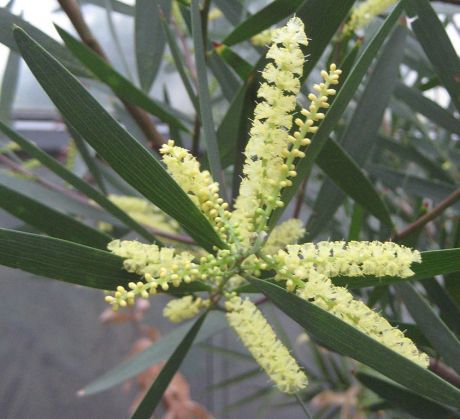Invasive alien species (IAS) of plants have increased rapidly in recent years, significantly affecting invaded habitats, human activities and health, while causing significant economic damage to agriculture and forestry. An EU-funded project will address the IAS threat by establishing an international group of experts in biological invasions.
In the past, exotic plant species were introduced for a number of reasons, including for wood production, carbon dioxide sequestration and protecting against soil erosion. Unfortunately, some exotics have spread out of control, facilitating their invasion of native ecosystems through their ability to alter their habitat. These so-called invasive ecosystem engineers can threaten biodiversity, the correct functioning of ecosystems and even human health.
The INSPECTED.NET (Invasive species evaluation, control & education.Network) project was established to support existing initiatives such as the European-based DAISIE project or the Global Invasive Species Programme (GISP). Researchers used the ecosystem engineer Acacia longifolia and other Acacia species as models, employing the latest techniques in vegetation ecology, including stable isotope analysis and remote sensing.
The tree Acacia longifolia is a native of Australia and was introduced into Brazil and Portugal to stabilise sand dunes in coastal ecosystems as well as for their ornamental value. Acacia species have the potential to rapidly transform landscapes though nitrogen fixation and can quickly grow to 15 m, thereby threatening smaller tree species.
Project partners have conducted studies at different spatial scales and at different stages of invasion at field sites in Brazil and Portugal. Their aim is to develop a set of tools for evaluating and controlling biological invasions and to contribute to current methods of risk assessment. They will also extend the INSPECTED.NET network to experts in Acacia longifolia invasions around the globe.
Project members will increase knowledge and raise awareness of exotic species and the risks they pose. This information will be shared with public and educational bodies, and nature conservation and forestry institutions involved in habitat restoration and sustainable land use. It will be used to help mitigate the effects of global change and the challenges of fertile land loss, soil degradation and desertification.

